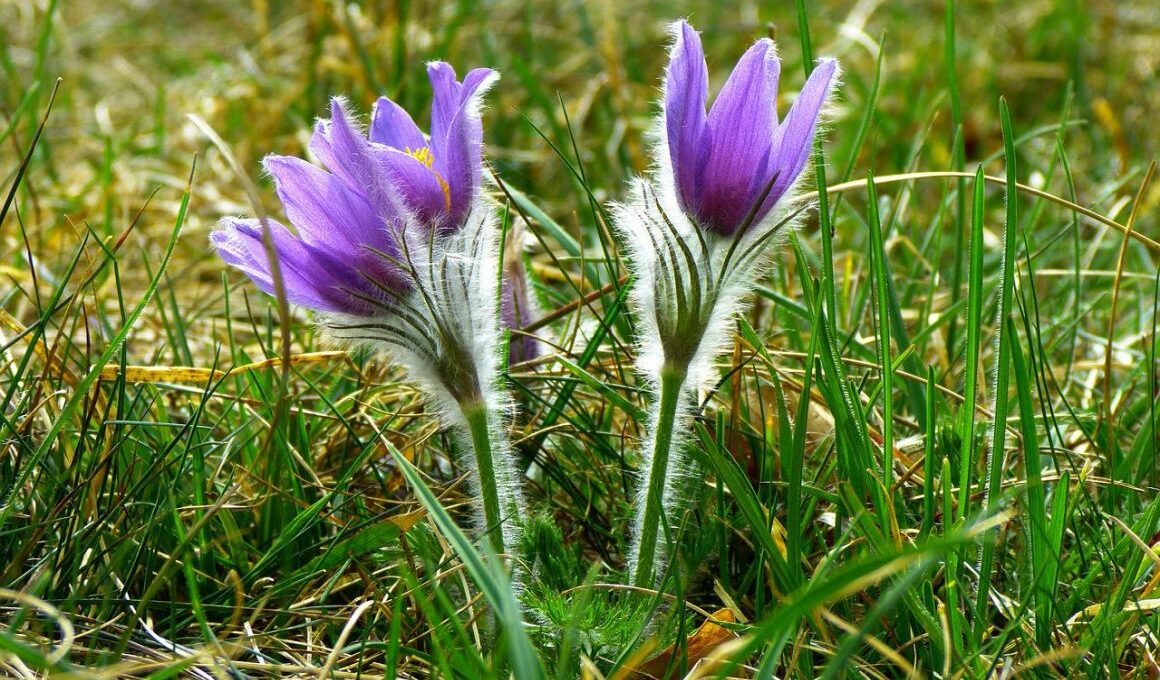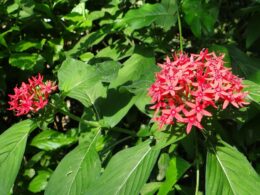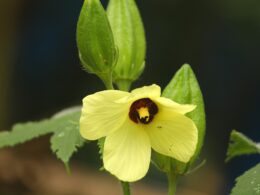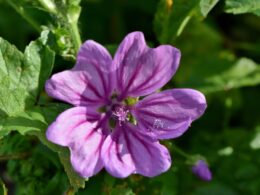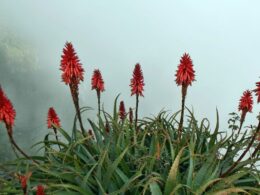What Is a Pasque Flower? Origin and Appearance
The pasque flower is a member of the buttercup family (Ranunculaceae) and is native to Europe and Asia. It gets its name from the fact that it blooms around Easter time, as the word pasque is derived from Hebrew pasakh, meaning Passover. Other common names are wind flower, Easter flower, and meadow anemone. Some widely cultivated species are:
- Pulsatilla vulgaris – the European pasqueflower;
- Pulsatilla patens (or Anemone patens) – the Eastern pasqueflower;
- Pulsatilla nuttalliana – the American pasqueflower, also known as prairie crocus;
- Pulsatilla alpina – the alpine pasqueflower.
The flowers are small and have a delicate, star-like shape. They come in a variety of colors, including white, purple, pink, and blue. The blooms are borne on slender stems that are surrounded by lance-shaped leaves. Once fertilized, they form silky, plume-like seed heads.
The pasque flower is a relatively low-maintenance plant and can even tolerate drought conditions. It’s a perennial – once established, it will bloom year after year with very little care. Because of its cheerful springtime flowers, the pasque flower is a popular choice for gardens in both Europe and North America.
Symbolism and Cultural Significance of Pasque Flowers
Pasque flowers have been associated with a number of different meanings over the years. In medieval times, they were thought to ward off evil spirits and bring good luck. Today, they are often given as tokens of appreciation or sympathy.
According to one legend, these flowers sprang up in places where Roman or Dane blood was spilled. This view comes from the fact that they often grow on old barrows and boundary banks. Here are some other facts about their significance:
- Pulsatilla patens (the Eastern pasqueflower) is the regional flower of Kanta-Häme, a region in Finland.
- Pulsatilla vulgaris (the common pasqueflower) is the county flower of the English counties of Cambridgeshire and Hertfordshire.
- Pasqueflower is also the state flower of South Dakota and the provincial flower of Manitoba.
What Zones Are Pasqueflowers Hardy in?
All pasqueflowers are hardy plants that grow best in full sun. They will tolerate some shade, but they may not bloom as profusely. These plants are also quite tolerant of cold weather and can even survive sub-zero temperatures. Because they’re native to dry meadows of Europe, they can grow in USDA hardiness zones 4-8.
How to Grow Pasque Flowers?
Pasque flowers are easy to grow from seed, and they will often self-seed in the garden. They can also be propagated by division in late summer or early fall. If you’re growing pasque flowers from seed, start them indoors about eight weeks before the last frost date in your area.
Sow the seeds on the surface of moist, fertile, well-draining potting mix and keep them at a temperature of 70-75 degrees Fahrenheit. Once they’ve germinated (which takes 3-4 weeks), pasque flower seedlings can be transplanted outside after all danger of frost has passed.
Choose a spot in full sun and plant the seedlings about 12 inches apart. Water them well and mulch around the base of the plants to help retain moisture. Pasque flowers are relatively low-maintenance plants, but they will benefit from being fertilized in early spring. Use a balanced fertilizer and apply it according to the package directions.
What Are the Best Cultivars of Pasque Flowers?
There are many cultivars of pasque flowers available, so it’s easy to find one that suits your needs. If you’re looking for a pasque flower with white blooms, ‘Alba’ is a good choice. This cultivar has white flowers with yellow centers.
For something a little different, try ‘Rubra’. This pasque flower has reddish pink blooms with yellow centers. ‘Rote Glocke’ is another option if you’re looking to add some red to your garden.
And if you love the classic look of a bluish purple pasqueflower, the subspecies Pulsatilla vulgaris grandis (greater pasqueflower) is an excellent option – its flowers can reach 4 inches in diameter.
The Meadow Anemone Will Liven Up Any Garden
Pasque flowers are beautiful, easy-to-grow plants that add color to the garden in early spring. With so many cultivars available, it’s easy to find one that suits your needs. Whether you’re looking for a pasque flower with white, pink, or purple blooms, there’s sure to be a cultivar that’s perfect for your garden.
Do you have pasque flowers in your garden? Let us know in the comments below! And be sure to check out our other gardening articles for more tips and advice.





